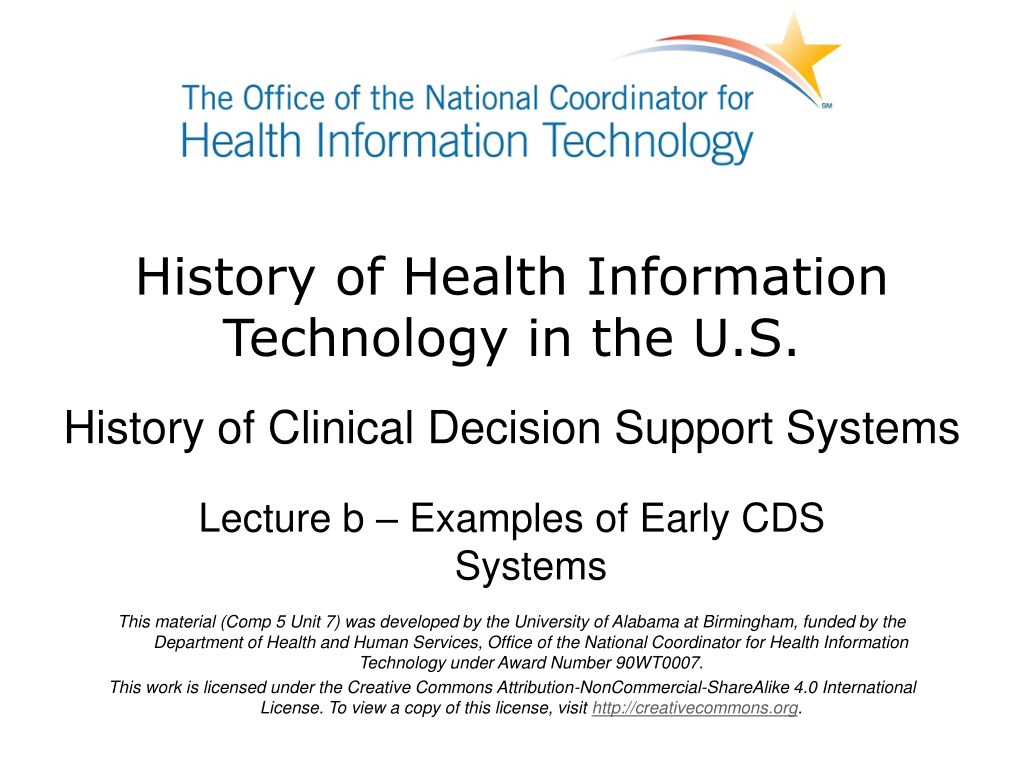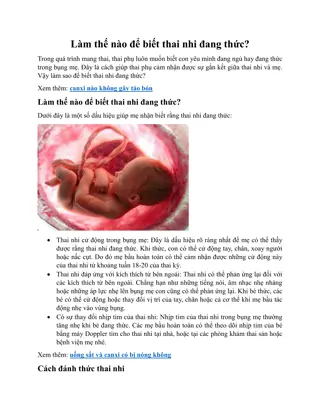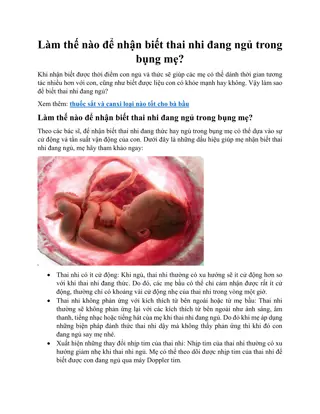History of Health Information Technology in the U.S.
This material discusses the evolution of clinical decision support systems from expert system research to the present day, highlighting early systems like MYCIN and INTERNIST-1/QMR. Explore the types, structures, and historical challenges in implementing CDS systems. Gain insights into the changes in focus, architecture, and modes of access in CDS development over the years.
Download Presentation

Please find below an Image/Link to download the presentation.
The content on the website is provided AS IS for your information and personal use only. It may not be sold, licensed, or shared on other websites without obtaining consent from the author.If you encounter any issues during the download, it is possible that the publisher has removed the file from their server.
You are allowed to download the files provided on this website for personal or commercial use, subject to the condition that they are used lawfully. All files are the property of their respective owners.
The content on the website is provided AS IS for your information and personal use only. It may not be sold, licensed, or shared on other websites without obtaining consent from the author.
E N D
Presentation Transcript
History of Health Information Technology in the U.S. History of Clinical Decision Support Systems Lecture b Examples of Early CDS Systems This material (Comp 5 Unit 7) was developed by the University of Alabama at Birmingham, funded by the Department of Health and Human Services, Office of the National Coordinator for Health Information Technology under Award Number 90WT0007. This work is licensed under the Creative Commons Attribution-NonCommercial-ShareAlike 4.0 International License. To view a copy of this license, visit http://creativecommons.org.
History of Clinical Decision Support Systems Learning Objectives Describe various types and structures of clinical decision support (CDS) systems Discuss the evolution of clinical decision support from expert system research Discuss the changes in focus of clinical decision support from the 1980s to the present Discuss the change in architecture and mode of access of clinical decision support systems from the 1980s to the present Describe some of the early clinical decision support systems Discuss the historical challenges in implementing CDS 2
Examples of Early CDS MYCIN INTERNIST-1/QMR DXplain Antibiotic Assistant Regenstrief CDS Sources: (Buchanan & Shortliffe, 1984) (Clancey & Shortliffe, 1984) 3
MYCIN Expert system developed at Stanford Provided diagnostic and therapeutic advice like an expert consultant 4
MYCIN 2 Infectious diseases Diagnosed causal organism Suggested drug to treat infection 5
MYCIN 3 Certainty factors Performed well compared to experts Model expanded to oncology and other areas 6
MYCIN 4 Stand-alone system Never used in practice Source: (Wyatt, 1999) 7
INTERNIST-1 Expert system developed at University of Pittsburgh Diagnosis in Internal Medicine Captured expert s knowledge Source: (Miller, et al., 1982) 8
INTERNIST-1 2 User entered findings and system produced diagnosis Controlled vocabulary Weighted positive and negative findings evoking strength, frequency and importance 9
Quick Medical Reference (QMR) Decision support, not an expert system Demise of the Greek Oracle model Source: (Miller & Masarie, 1990) 10
Quick Medical Reference (QMR) 2 Used the INTERNIST-1 knowledge base Stand-alone commercial system no longer available Integrated with Vanderbilt s EHR Part of McKesson s Horizon Expert Orders Source: (Miller, Masarie & Myers, 1986) 11
DXplain Diagnostic decision support system developed at Massachusetts General Hospital Similar structure to QMR Stand-alone program Source: (Barnett, et al., 1987) 12
Dxplain 2 1980s to the present 1980s dial up network (AMA/NET) 13
1987 Version of Rapid Response It requires about two minutes to complete the dial-in sequence to log onto AMA/NET and to connect to the computer located at Massachusetts General Hospital. Source: (Barnett, et al., 1987) 14
Dxplain 3 Diagnostic Decision Support System developed at Massachusetts General Hospital Similar structure to QMR Stand-alone program 1980s to the present 1980s dial up network (AMA/NET) 1990s floppy disks 2000s Web-based Source: (Hoffer, et al., 2005) 15
Antibiotic Assistant Advising and critiquing system for use of antibiotics developed at LDS Hospital, Utah Integrated with the LDS Hospital information systems as part of HELP system (Health Evaluation through Logical Processing) Provided advice on orders for antibiotics to prevent infections Currently in use in LDS Hospital and other hospitals part of the Intermountain Health Care (IHC) Source: (Haug, et al., 2007) 16
Regenstrief CDS Developed by informatics experts at the Regenstrief Medical Institute in Indiana and used at multiple hospitals and clinics Integrated with the Regenstrief Medical Record System (RMRS) Reminder type of CDS Gradual expansion of rules and sites Source: (Mamlin, et al., 2007) 17
History of Clinical Decision Support Systems Summary Lecture b Examples of CDS and how they evolved 18
History of Clinical Decision Support Systems References Lecture b References Barnett GO, Cimino JJ, Hupp JA, Hoffer EP. DXplain. An evolving diagnostic decision-support system. JAMA. 1987 Jul 3;258(1):67-74. Buchanan BG, Shortliffe EH, editors. Rule-based expert systems: the MYCIN experiments of the Stanford Heuristic Programming Project. Palo Alto (CA): Association for the Advancement of Artificial Intelligence; 1984 Available from: www.aaai.org Clancey WJ, Shortliffe EH, editors. Readings in medical artificial intelligence: the first decade. Palo Alto (CA): Association for the Advancement of Artificial Intelligence; 1984. Available from: www.aaai.org Haug PJ, Gardner RM, Evans RS, Rocha BH, Rocha RA. Clinical decision support at Intermountain Healthcare. In: Berner ES, editor. Clinical Decision Support Systems: Theory and Practice. New York: Springer; 2007. p. 159-89. Hoffer EP, Feldman MJ, Kim RJ, Famiglietti KT, Barnett GO. DXplain: patterns of use of a mature expert system. AMIA Annu Symp Proc. 2005:321-5. Mamlin BW, Overahage JM, Tierney W, Dexter P, McDonald CJ. Clinical decision support within the Regenstrief Medical Record System. In: Berner ES, editor. Clinical Decision Support Systems: Theory and Practice. New York: Springer, 2007. p. 190-214. 19
History of Clinical Decision Support Systems References 2 Lecture b References Miller RA, Masarie FE Jr. The demise of the "Greek Oracle" model for medical diagnostic systems. Methods Inf Med. 1990 Jan;29(1):1-2. Miller R, Masarie FE, Myers JD. Quick medical reference (QMR) for diagnostic assistance. MD Comput. 1986 Sep-Oct;3(5):34-48. Miller RA, Pople HE, Myers JD. INTERNIST-1: An experimental computer-based diagnostic consultant. N Engl J Med. 1982;307:468-76. Wyatt JC. The promises and perils of modeling medical reasoning. In: van Bemmel JH, McCray AT, editors. Yearbook of Medical Informatics 1999. Stuttgart: Schattauer Verlag;1999. p. 161-5. 20
History of Health IT in the US History of Clinical Decision Support Systems Lecture b This material was developed by the University of Alabama at Birmingham, funded by the Department of Health and Human Services, Office of the National Coordinator for Health Information Technology under Award Number 90WT0007. 21























